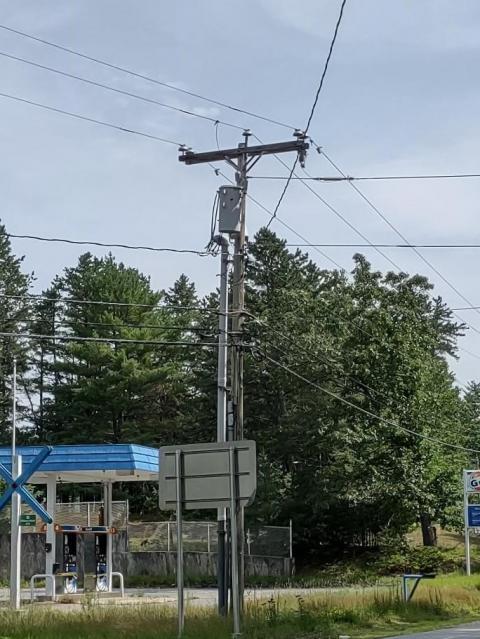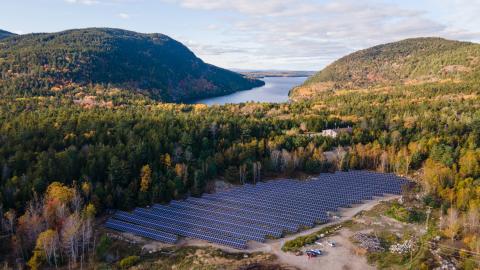Can our Landscape Support Wildlife AND Solar Energy?
The impacts of climate change are all around us – changes in ski season, maple season, frost dates, droughts and deluges. The climate impacts wildlife and habitats, too – changes in migration timeframes, freeze-thaw cycles, season length, and much more. What can be done? Reducing our dependence on fossil fuels is an important step. Solar energy is one solution in a suite of methods that scientists recommend.
Rooftops solar arrays on, canopies over parking areas and ground-mounts in brownfields seem innocuous enough, but those areas alone will not provide the solar power we need. Larger ground mounted solar arrays will be necessary to meet a portion of our energy needs.
Let’s consider local community scale arrays of 3 – 30 acres in size – those capable of distributing energy to New Hampshire homes, businesses, schools, hospitals, and non-profits that are unable to generate enough solar power for their electrical needs. Where will these arrays be located and how will they impact wildlife?
Local community solar requires 3 phase power for distribution. This type of power is located along roads, typically in developed areas, but sometimes reach out to a farm, a welding shop, or another intensive electrical user. Today the cost to extend such a line is prohibitively expensive. Limited availability of 3 phase power strongly limits where community solar arrays are likely to occur.

Three-phase power is typically indicated by 3 wires running between crossbars on robust utility poles.
As a land conservationist, I recognize that it is impossible to protect all undeveloped land. My mantra has always been – prioritize the most valuable areas for conservation and allow for development in other places. That is still my view as I seek out places to site the solar needed to impact climate change for the benefit of wildlife and people.
Developing community solar arrays must meet the same environmental requirements as developing big box stores, but solar arrays remain pervious to water, can include farming opportunities, provide wildlife habitat and renewable energy.
Vegetation management within an array aims to keep plant life from shading the leading edge of the panels. There is opportunity to focus growth on pollinator species and allow plants to provide habitat for insects and their predators and their predators…. Fencing required by the electric code may keep the larger species like bear and deer out of these arrays. Ground nesting birds may be protected from some of their prey by that same fence. Seeds will attract songbirds and rodents alike. The web of life builds from there.
Arrays require shade buffers of 100’+/- outside of the fenceline. There is an opportunity to manage that area as early successional habitat, with periodic clearing before woody growth produces shade on the panels. Another potential benefit for wildlife.

Solar arrays no longer require cement ballast – the racking is built on large metal screws that reaches 5’+ into the ground.
The Granite State is a challenging place to site community solar arrays because they require gentle, smooth, south facing slopes and three phase power which are rarely found together. When a suitable solar location is available, a decision to choose a community solar array for the sake of climate change mitigation may be the right decision. It is how we, as conservationists, hunters, anglers and wildlife enthusiasts, can find a place in our landscape for local community solar arrays – to benefit people and wildlife.
Beth McGuinn has served conservation and land management roles at NH land trusts, state agencies including Fish and Game and as a consultant for over 30 years. She now works for Revision Energy, finding a place on the landscape for community solar arrays in New Hampshire.

